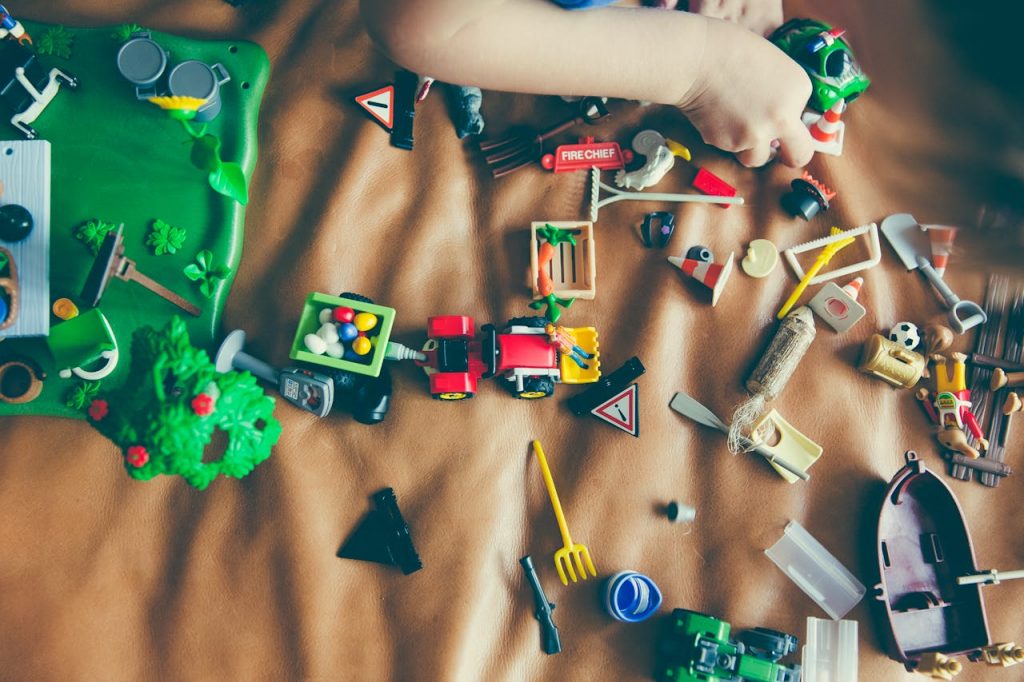
Play is a critical aspect of child development as it allows children to learn about the physical world, social environment, relationships between people, and practice problem-solving and coping skills.
For example, When they are toddles, they play to improve their motor abilities, when the child reaches ages 3 – 5, they may start acting out real-life situations (roleplay) during playtime. This is a natural part of their development as it helps them understand the world around them and prepare for future experiences.
By observing their play patterns, you can help expand on these topics while also encouraging them to explore new interests. Generally, play can classified into Structured and Unstructured play.
Unstructured play allows children to follow their own curiosity and discover things that genuinely interest them. As adults or caregivers, it’s our job to notice the play patterns of your child and gently guide them in a way that supports their natural inclinations. By doing so, we can predict what they find interesting and help deepen those interests while also assisting them in overcoming any challenges they may face during playtime.
Structured play is when the activity is designed with a clear goal in mind, for example, if parents/caretaker have identified a certain skills that need improving (eg. Fine Motor Skills), the activity will revolve around play that try to expand or encourage the use of the skill in order to improve it.
In conclusion, allowing your child to play all the time is beneficial for their development and growth. By providing both structured and unstructured play opportunities, you can support your child’s learning process and help shape who they become as individuals. Remember that observing and engaging with your child during playtime is essential in understanding their interests and supporting them on their journey of self-discovery.














